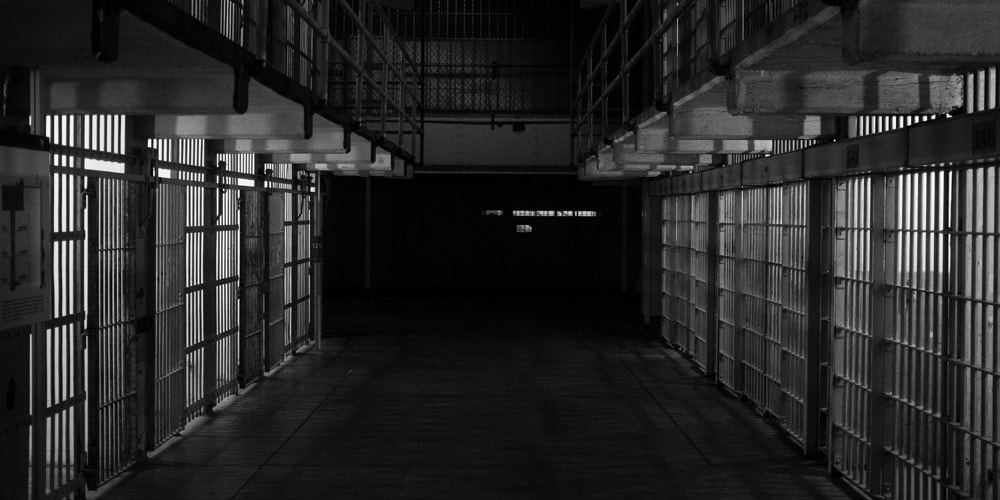
Remember the 2004 train bombing in Madrid that killed 193 people and injured about 2,000? Investigators found a fingerprint on a detonator that FBI forensic experts said belonged to an Oregon attorney named Brandon Mayfield, who, though never charged, was locked away for weeks until the FBI was forced to admit that the prints belonged to an Algerian named Ouhnane Daoud.
Oops!
How did FBI experts get fingerprints—fingerprints!—wrong? It happens more than we are led to believe, and not just with fingerprints but with a host of forensic evidence that—coming with all the authority of anything deemed “science”—has led to an untold number of convictions based on “bad science.”
A chilling article in The New York Review of Books (Dec. 19, 2019) called “Jailed by Bad Science” should make your stomach quake. It told about how many modern forensic science techniques of crime fighting, everything from “analyzing hair, fibers, paint, clothing, firearms, bloodstains, and even bitemarks,” which could “scientifically” establish guilt or innocence—were not so accurate after all. “Of the more than 2,400 proven false convictions since 1989 recorded by the National Registry of Exonerations,” said the opening paragraph of the article, “nearly a quarter involved false or misleading forensic evidence.”
Though these methods had been designed as “helpful investigative tools” with no claim to being absolute, over the years some “forensic experts” commonly testified in court that their conclusions had been reached with a “reasonable degree of scientific certainty.” That phrase had the magic word. Just lob the adjective “scientific” on anything, from the study of ghosts to the health benefits of chicken soup, and your claims and conclusion are beyond reproach.
After all, its science!
With the advent of DNA testing, which is (so far) deemed the most reliable method, many previous cases, based on other scientific evidence, were wrongly adjudicated. “Using DNA testing, the Innocence Project has proved in court that more than 360 people (at last count) who had been convicted of crimes such as murder and rape (and had served an average of 14 years in prison) were actually innocent. In more than 40 percent of these cases false or misleading forensic science was a major factor in the wrongful convictions. DNA testing, because it was so good, exposed how bad much other forensic evidence was.”
Even someone like myself, who—though (like others) marveling at the technological achievements and predicative power of science—has (unlike others) long been skeptical about the metaphysical assumptions and explanatory claims coming under the rubric “science” (in short, the fact that a theory works and makes accurate predictions has nothing to do with whether or not it’s true)—even I was astonished at the article.
It gets worse. “Starting in 2012, the Department of Justice (DOJ) and FBI undertook an unprecedented review of testimony in more than 3,000 criminal cases involving microscopic hair analysis. Their initial results, released in 2015, showed that FBI examiners had provided scientifically invalid testimony in more than 95 percent of cases in which that testimony was used to inculpate a defendant at trial.” These people were jailed based on scientific evidence that, in 95 percent of these cases, turned out wrong. One could imagine the prosecutor: Ladies and gentlemen of the jury, the hair evidence shows that the defendant, George, committed this crime because, after all, it’s science!
Notice, too, that the science here wasn’t about entities and events supposedly millions, even billions of years old and, therefore, inaccessible to proton beam machines, particle accelerators, x-ray spectrometers, and other complicated devices often constructed on the assumptions of the theories that they seek to explore. No, these scientific errors were about things that exist now, in the present: tire tracks, hair samples, bullets, blood stains, bite marks, things that can undergo detailed and painstaking in-lab scientific scrutiny—and they still got it wrong.
Yet how does it work today? We must bow before and accept every pronouncement about, for instance, the supposed evolution of feathered dinosaurs, who millions of years ago learned how to fly. Or about some long lost “genetic mutation that occurred over 700 million years ago [that] may have contributed to the development of certain organs in human beings and other vertebrates.” Yes, we must bow and accept them because they’re science, and the great myth of our era is that we don’t believe in myths but in science, and science alone leads to truth. Yet just ask any one of those wrongly convicted, about the certainty of science-based truth. These schnooks lost their freedom because of bad science; how much more tragic to lose your soul because of it as well!
Clifford Goldstein is editor of the Adult Sabbath School Bible Study Guide. His latest book, Baptizing the Devi: Evolution and the Seduction of Christianity, is available from Pacific Press.
1. www.scientificamerican.com/article/6-possible-scientific-reasons-for-ghosts
2. exploreim.ucla.edu/wellness/an-inside-scoop-on-the-science-behind-chicken-soup-and-the-common-cold
3. www.sciencedaily.com/releases/2017/12/171214100833.htm